University of Granada scientist discovers a new type of ‘bi- molecule’ that could help develop quantum sensors with multiple technological applications
Tag: Nuclear Physics
Black hole shows magnetic fields surrounding it are strong enough to resist gravity
Wits University astrophysicists are the only two scientists on African continent that contributed to the study.
New results challenge leading theory in physics
When so-called beauty quarks are produced during the collision of high-energy proton beams in the Large Hadron Collider – the particle accelerator at CERN in Geneva – they decay almost immediately on the spot. Researchers of the Large Hadron Collider…
Technique based on artificial intelligence permits automation of crop seed analysis
Developed by researchers at the University of São Paulo, the non-invasive methodology facilitates identification of immature or poor-quality seeds without destroying them or creating residues.
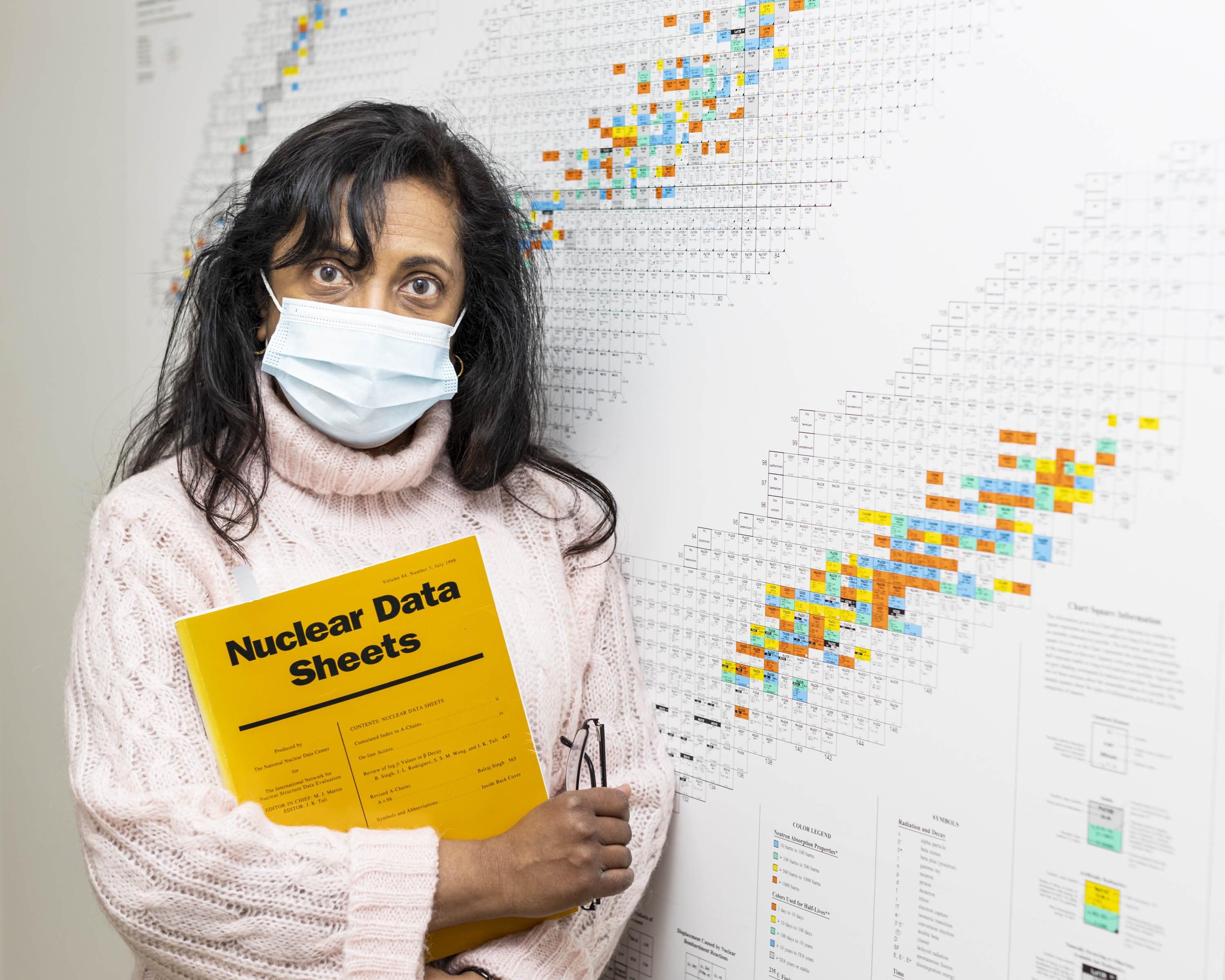
Caroline Nesaraja: Providing nothing but the best nuclear data
Nuclear physicist Caroline Nesaraja of the Department of Energy’s Oak Ridge National Laboratory evaluates nuclear data. Her work ensures that the scientific community has the best nuclear data for fundamental research and applications including medical isotopes, nuclear energy and national and international security.
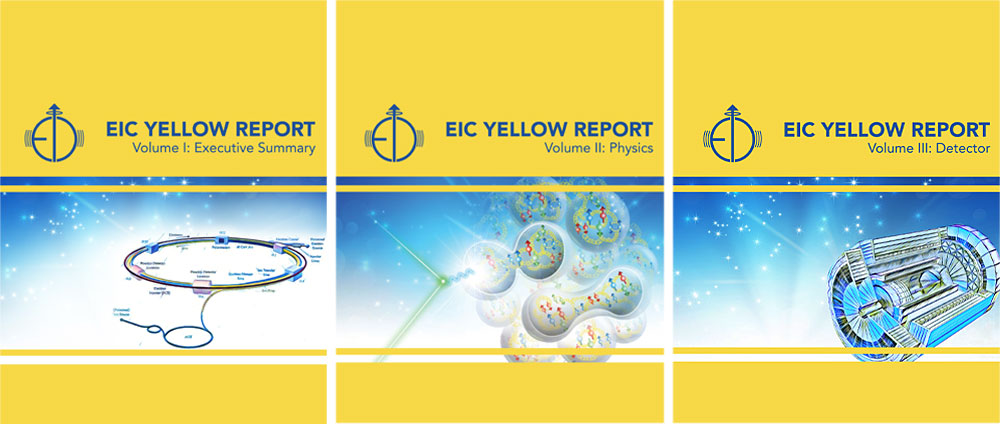
Scientists Describe Detector Goals for Electron-Ion Collider (EIC)
What do you need to study the fine details of the building blocks of matter? A new kind of particle accelerator called an Electron-Ion Collider, planned to be built in the United States over the next decade, and a state-of-the-art detector to capture the action when electrons and ions collide.
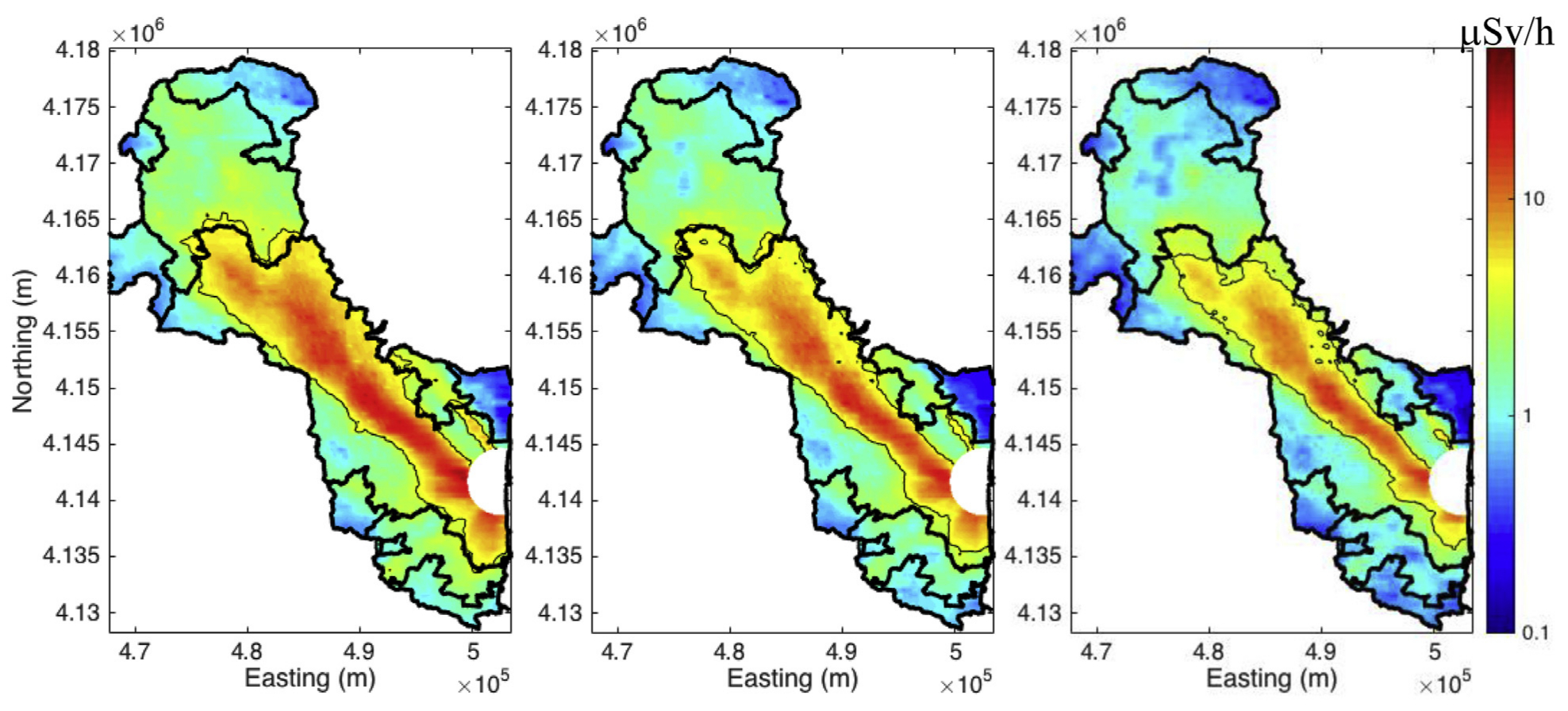
Berkeley Lab’s Advanced Monitoring Capabilities Still in Use 10 Years After Fukushima Earthquake and Nuclear Power Plant Disaster
The events following the Fukushima disaster, a decade ago, drew upon Berkeley Lab’s long-standing expertise in radiation measurements and safety, and led to the creation of long-term radiation-monitoring programs, both locally and in Japan, as well as a series of radiation surveys and technology demonstrations including drone- and helicopter-based surveys, and vehicle-based and hand-carried measurements.
New high-performance computing cluster greatly enhances fusion research at PPPL
Stellar, a computing cluster that Princeton University is installing in its High-Performance Computing Research Center, will sharply advance research at the U.S. Department of Energy’s (DOE) Princeton Plasma Physics Laboratory (PPPL) to bring to Earth the fusion energy that powers…
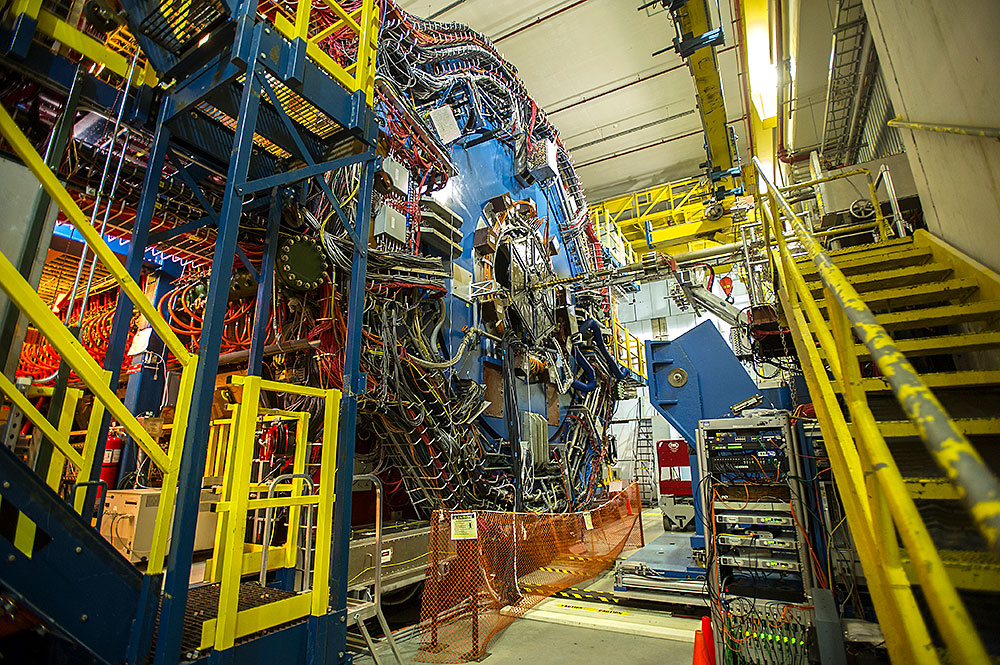
Tantalizing Signs of Phase-change ‘Turbulence’ in RHIC Collisions
A new analysis of collisions conducted at different energies at the Relativistic Heavy Ion Collider (RHIC) shows tantalizing signs of a critical point—a change in the way that quarks and gluons, the building blocks of protons and neutrons, transform from one phase to another. The findings will help physicists map out details of these nuclear phase changes to better understand the evolution of the universe and the conditions in the cores of neutron stars.
Extreme-scale computing and AI forecast a promising future for fusion power
Efforts to duplicate on Earth the fusion reactions that power the sun and stars for unlimited energy must contend with extreme heat-load density that can damage the doughnut-shaped fusion facilities called tokamaks, the most widely used laboratory facilities that house…
National panel chaired by PPPL expert urges fusion pilot plant by 2035-2040
Such a plant would impact the transition to a low-carbon emission electrical system
Nuclear engineering researchers develop new resilient oxide dispersion strengthened alloy
The nuclear community has a high need for reliable and durable materials for core components of nuclear reactors
Sensing suns
Astronomers accurately measure the temperature of red supergiant stars
Investigating dense plasmas with positron waves
Astrophysical and lab-created plasmas under the influence of magnetic fields are the source of intense study; new research seeks to understand the dynamics of position waves travelling through these clouds of highly ionized gas
New insights into the mechanism of nuclear fission
Publication in ‘Nature’ under participation of TU Darmstadt

‘Forward’ Jet-tracking Components Installed at RHIC’s STAR Detector
Just prior to the start of this year’s run at the Relativistic Heavy Ion Collider (RHIC), a team of scientists, engineers, technicians, and students completed the installation of important new components of the collider’s STAR detector. The new components will expand STAR’s ability to track jets of particles emerging in an extreme “forward” direction to give scientists insight into how the internal components of protons and neutrons—quarks and gluons—contribute to the overall properties of these building blocks of matter.

Remote-Working Team to Tame Electron Beams
A major injector upgrade at the U.S. Department of Energy’s Thomas Jefferson National Accelerator Facility was well underway early last year when the pandemic hit, throwing scientists and their long-anticipated project for a loop. Literally overnight, they had to leave their desks, control room and colleagues behind and rapidly learn how to work together from the confines of their own homes.
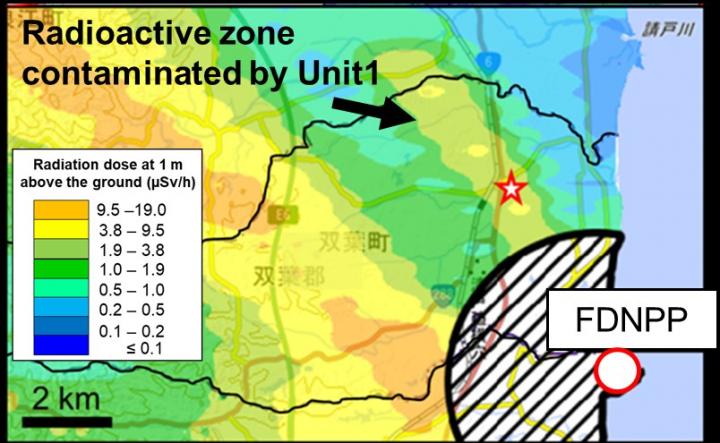
New highly radioactive particles found in Fukushima
The 10 year anniversary of the Fukushima Daiichi nuclear accident occurs in March.
New highly radioactive particles found in Fukushima
The 10 year anniversary of the Fukushima Daiichi nuclear accident occurs in March. Work just published in the Journal ‘Science of the Total Environment’ documents new, large (> 300 micrometers), highly radioactive particles that were released from one of the…
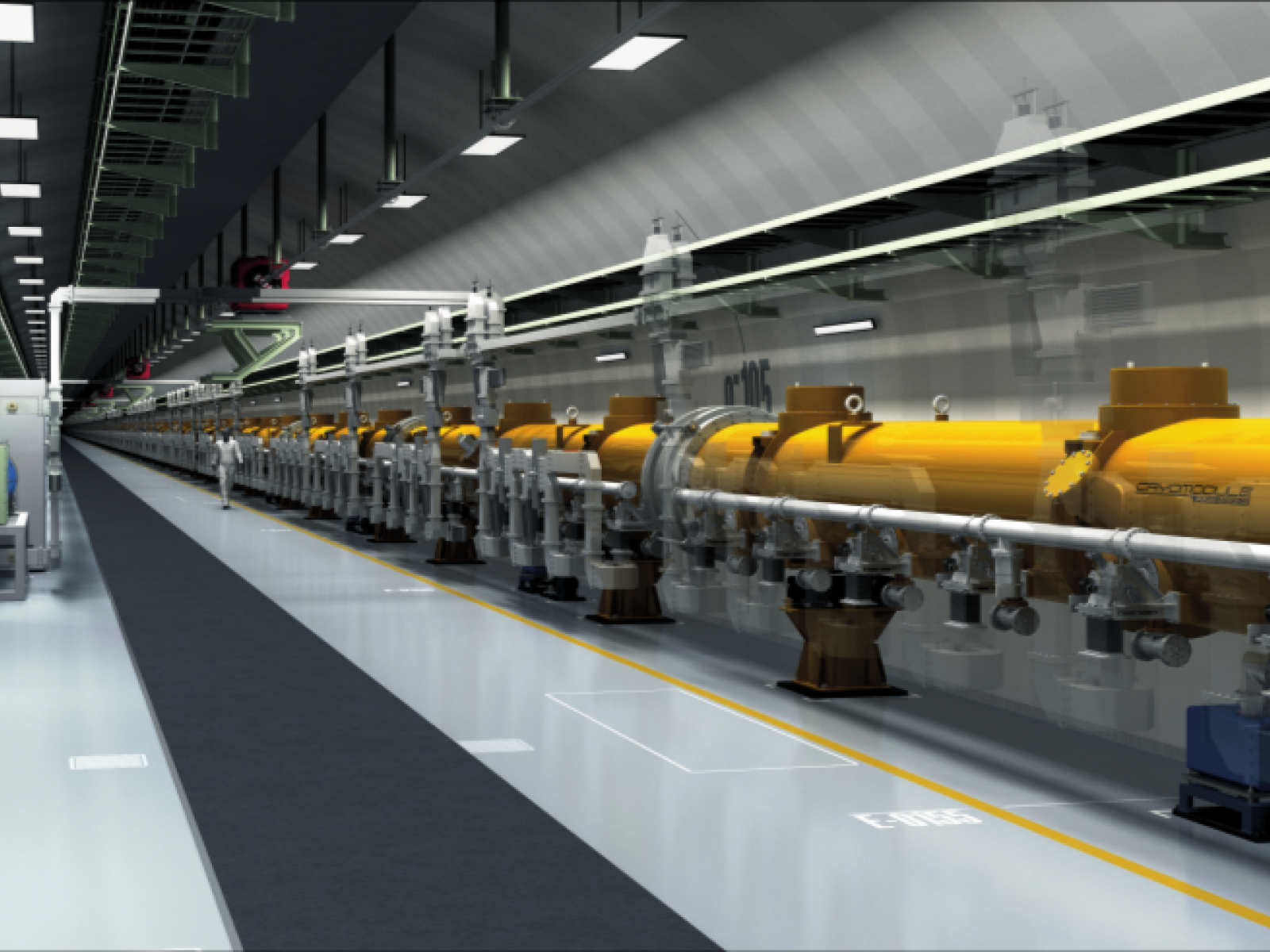
A New Era of Accelerator Science
PNNL’s Jan Strube and colleagues from Germany and Japan outline the future of particle physics research using linear colliders, which could improve our understanding of dark matter and help answer fundamental questions about the universe.
Scientists discovered new physical effects important for the ITER reactor operation
Researchers discovered new effects, which affect the energy flow in the reactor
Quantum effects help minimise communication flaws
Among the most active fields of research in modern physics, both at an academic level and beyond, are quantum computation and communication, which apply quantum phenomena such as superposition and entanglement to perform calculations, or to exchange information. A number…
Scholar to discuss the applications of quantum technology
Virtual talk will focus on leveraging quantum information to revolutionize computing
Charge radii of exotic potassium isotopes challenge nuclear structure theory
In nuclear physics so-called magic number are such nuclear proton and/or neutron numbers, for which the nucleus is more stable compared to neighboring isotopes on the nuclear chart. Researchers in both experimental and theoretical nuclear physics from University of Jyväskylä,…
First images of muon beams
The quality of muon beams can now be assessed thanks to a new technique that has produced the first known images of these high-energy particles.
“Ghost particle” ML model permits full quantum description of the solvated electron
The behavior of the solvated electron e-aq has fundamental implications for electrochemistry, photochemistry, high-energy chemistry, as well as for biology–its nonequilibrium precursor is responsible for radiation damage to DNA–and it has understandably been the topic of experimental and theoretical investigation…
Solving complex physics problems at lightning speed
A calculation so complex that it takes twenty years to complete on a powerful desktop computer can now be done in one hour on a regular laptop. Physicist Andreas Ekström at Chalmers University of Technology, together with international research colleagues,…
Paving the way for effective field theories
A detailed analysis of theories which approximate the underlying properties of physical systems could lead to new advances in studies of low-energy nuclear processes
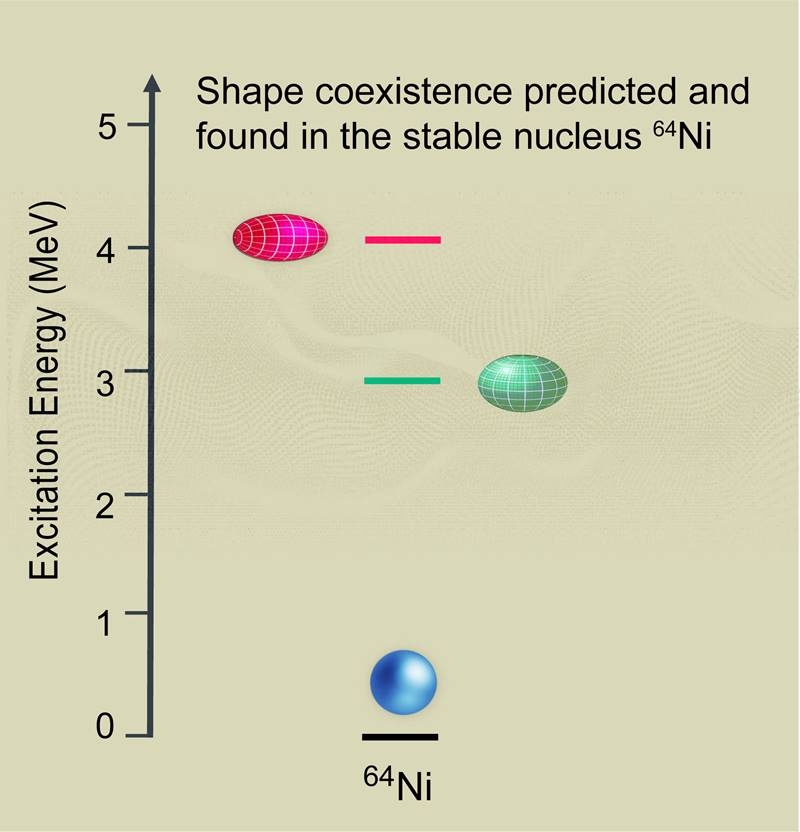
Stable Nickel-64 Nuclei Take Three Distinct Shapes
Scientists have identified three distinct shapes in stable nickel-64 that appear as energy is added to the nucleus. The nucleus in the lowest-energy state is spherical, then takes elongated (prolate) and flattened (oblate) shapes as the protons and neutrons surrounding the nucleus gain energy. This demonstrates profound changes in the way protons and neutrons can arrange themselves.
Change of course on the journey to the island of stability
Center of the island of stability is not located at element 114 — Heavier elements will move into the spotlight
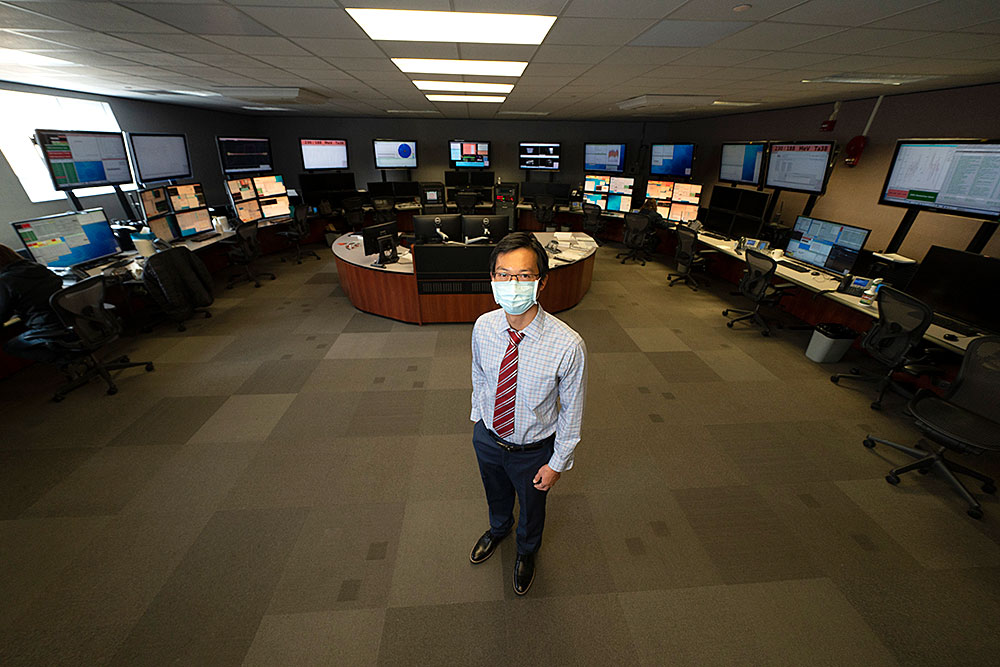
RHIC Run 21: Pushing the Limits at the Lowest Collision Energy
Accelerator physicists are preparing the Relativistic Heavy Ion Collider (RHIC), a DOE Office of Science user facility for nuclear physics research at DOE’s Brookhaven National Laboratory, for its 21st year of experiments, set to begin on or about February 3, 2021. Instead of producing high-energy particle smashups, the goal for this run is to maximize collision rates at the lowest energy ever achieved at RHIC.
Advancing science in a global and inclusive community
Broad range of physics from “quarks to cosmos” to be presented at 2021 APS April Meeting
Solar activity reconstructed over a millennium
What goes on in the sun can only be observed indirectly. Sunspots, for instance, reveal the degree of solar activity – the more sunspots are visible on the surface of the sun, the more active is our central star deep…

Two Berkeley Lab Scientists Honored with the Lawrence Award
The Department of Energy has announced that Susannah Tringe and Dan Kasen, two scientists at Lawrence Berkeley National Laboratory (Berkeley Lab), will receive the Ernest Orlando Lawrence Award, one of DOE’s highest honors. Additionally, former Berkeley Lab scientist M. Zahid Hasan was also named as one of the eight recipients.
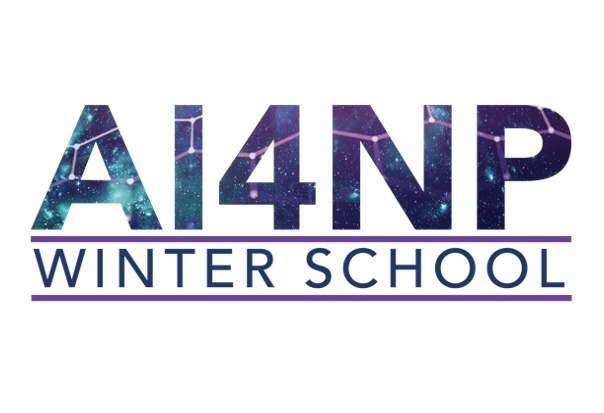
Jefferson Lab Launches Virtual AI Winter School for Physicists
Artificial intelligence is a game-changer in nuclear physics, able to enhance and accelerate fundamental research and analysis by orders of magnitude. DOE’s Jefferson Lab is exploring the expanding synergy between nuclear physics and computer science as it co-hosts together with The Catholic University of America and the University of Maryland a virtual weeklong series of lectures and hands-on exercises Jan. 11-15 for graduate students, postdoctoral researchers and even “absolute beginners.”
Remote Work Suits Jefferson Lab Technical Designer
The COVID-19 pandemic has turned workplaces everywhere upside down, prompting countless brainstorming sessions on how to make work environments safer or whether jobs might be done just as well from home. Jefferson Lab technical designer Mindy Leffel says working from home during the pandemic has been a learning process, but has only motivated her to prove herself.
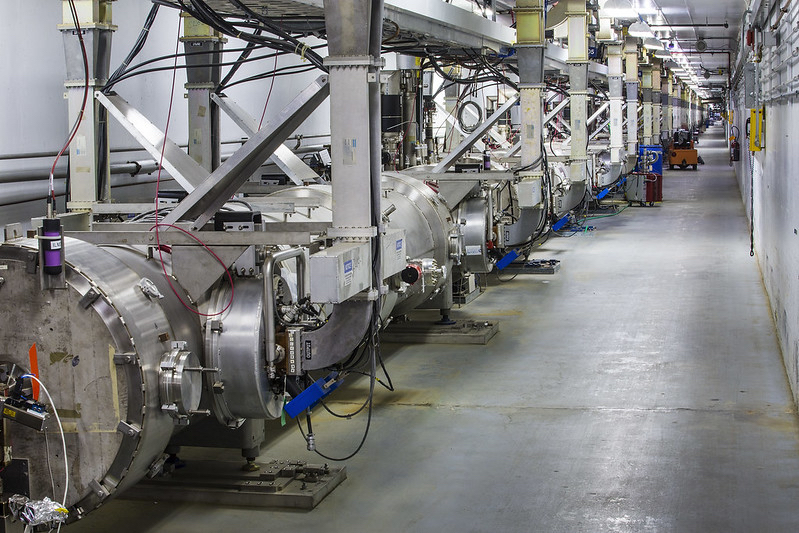
Machine Learning Improves Particle Accelerator Diagnostics
Operators of Jefferson Lab’s primary particle accelerator are getting a new tool to help them quickly address issues that can prevent it from running smoothly. The machine learning system has passed its first two-week test, correctly identifying glitchy accelerator components and the type of glitches they’re experiencing in near-real-time. An analysis of the results of the first field test of the custom-built machine learning system was recently published in the journal Physical Review Accelerators and Beams.
Machine learning improves particle accelerator diagnostics
A new machine learning system can correctly diagnose particle accelerator component issues in real-time
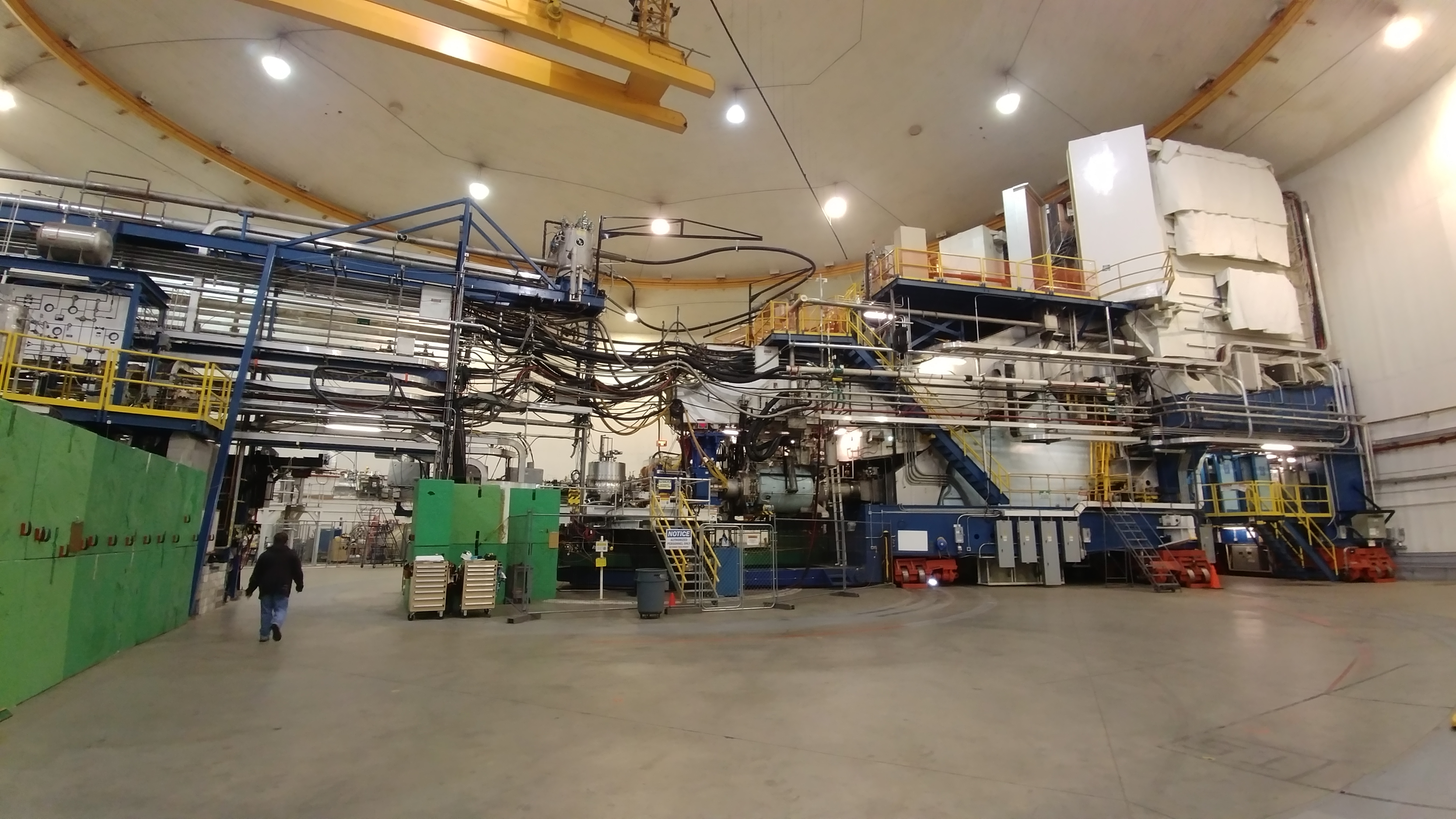
Experiment to Precisely Measure Electrons Moves Forward
The MOLLER experiment at DOE’s Jefferson Lab is one step closer to carrying out an experiment to gain new insight into the forces at work inside the heart of matter through probes of the humble electron. The experiment has just received a designation of Critical Decision 1, or CD-1, from the DOE, which is a greenlight to move forward in design and prototyping of equipment.
Novel public-private partnership facilitates development of fusion energy
The U.S. Department of Energy’s (DOE) Princeton Plasma Physics Laboratory (PPPL) is collaborating with private industry on cutting-edge fusion research aimed at achieving commercial fusion energy. This work, enabled through a public-private DOE grant program, supports efforts to develop high-performance…
The map of nuclear deformation takes the form of a mountain landscape
Kraków, 30 December 2020 The map of nuclear deformation takes the form of a mountain landscape Until recently, scientists believed that only very massive nuclei could have excited zero-spin states of increased stability with a significantly deformed shape. Meanwhile, an…
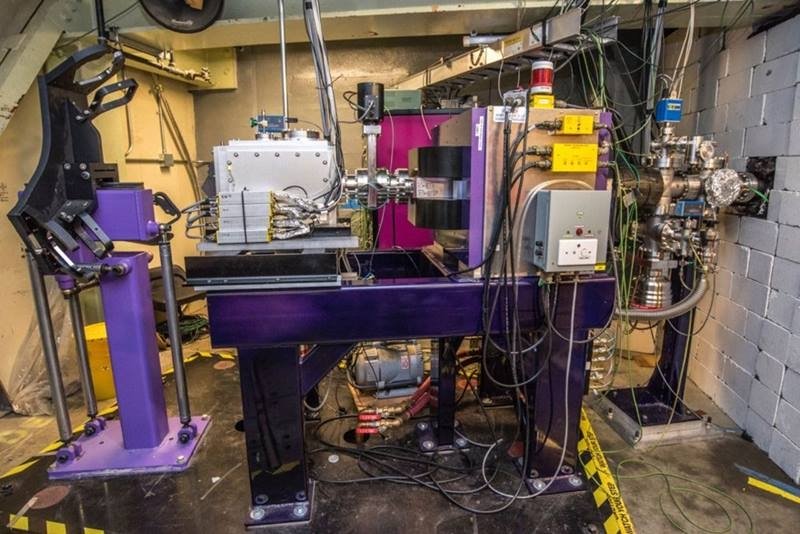
Isotope Discovery Continues: Mass Identification Confirms Production of a New Isotope of Mendelevium
Neighboring isotopes of the heaviest elements often have very similar properties. To differentiate these isotopes by their differing masses, scientists use a device called FIONA (For the Identification of Nuclide A) to measure the masses of heavy-element isotopes. For the first time, scientists have used FIONA to discover a new heavy-element isotope, mendelevium-244.

Charm Quarks Offer Clues to Confinement
Hadronization occurs when particles called quarks and gluons combine to form hadrons, composite subatomic particles made of two or three quarks. Once combined, quarks and gluons are “confined,” or trapped, in hadrons. Researchers studying particles containing heavy “charm” quarks have found that there are many more three-quark hadrons than expected under a widely accepted explanation of how hadrons can form.
Experiment takes ‘snapshots’ of light, stops light, uses light to change properties of matter
PITTSBURGH–Light travels at a speed of about 300,000,000 meters per second as light particles, photons, or equivalently as electromagnetic field waves. Experiments led by Hrvoje Petek, an R.K. Mellon professor in the Department of Physics and Astronomy examined ideas surrounding…
New center for nuclear disarmament for Uppsala University
Swedish Government’s assigned today
TRIUMF’s CANREB facility marks first beam
Scientists and engineers at TRIUMF, Canada’s particle accelerator centre, announced a major milestone for TRIUMF’s Advanced Rare Isotope Laboratory (ARIEL), maneuvering for the first time an isotope beam through the ARIEL-based CANREB facility and on to an experiment. The achievement…
Tiny quantum computer solves real optimisation problem
Researchers at Chalmers University of Technology, Sweden, have now shown that they can solve a small part of a real logistics problem with their small, but well-functioning quantum computer
Characterising cold fusion in 2D models
A new 2D modelling approach has been used to directly calculate how hydrogen nuclei fuse into helium after capturing muons
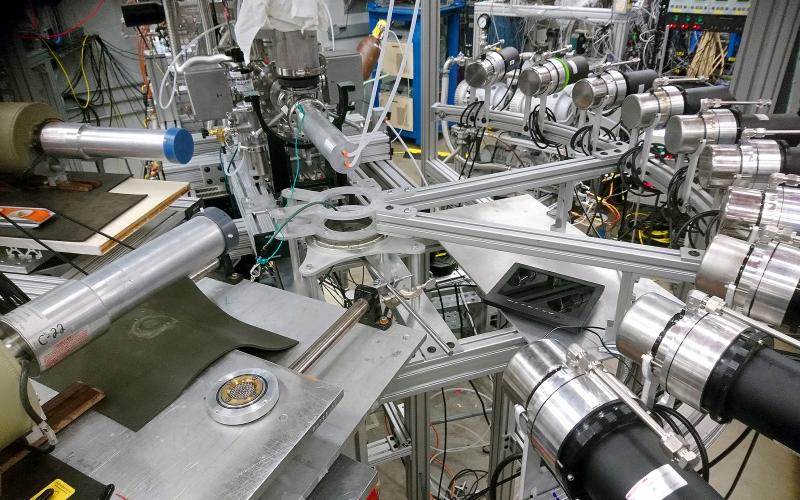
Righting a wrong, nuclear physicists improve precision of neutrino studies
Led by the Department of Energy’s Oak Ridge National Laboratory, a new study clears up a discrepancy regarding the biggest contributor of unwanted background signals in specialized detectors of neutrinos.
Supernova surprise creates elemental mystery
EAST LANSING, Mich. – Michigan State University (MSU) researchers have discovered that one of the most important reactions in the universe can get a huge and unexpected boost inside exploding stars known as supernovae. This finding also challenges ideas behind…